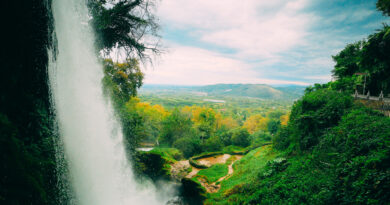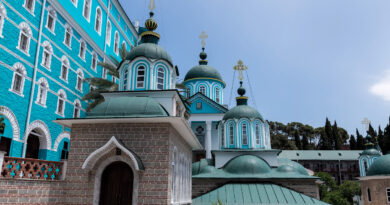Mount Olympus – Home of the Ancient Greek Gods
200 million years ago Mount Olympus was formed of sedimentary rock in a shallow sea. Afterwards several geological events followed causing the emerging of the mountain and the whole region. 1 million years ago Mount Olympus was covered by glaciers which created its plateaus and valleys. With the rising of temperatures, the ice melted, and streams were created. The streams swept away large quantities of crushed rock creating canyons and valleys spread out from the foothills of the mountain all the way to the sea.
Where is Mount Olympus located?
How tall is Mount Olympus?
What is Mount Olympus known for?
Hiking on Mount Olympus
Mountaineering at Mount Olympus
Who climbed Mount Olympus first?

Where is Mount Olympus located?
Mount Olympus is the highest mountain in Greece, located on the border between Thessaly and Macedonia, about 100 kilometres (62 mi) away from Thessaloniki, Greece’s second largest city and 263 km north from Athens. Mount Olympus has 52 peaks.

Macedonia Tours
TICKETS & THINGS TO DO:
How tall is Mount Olympus?
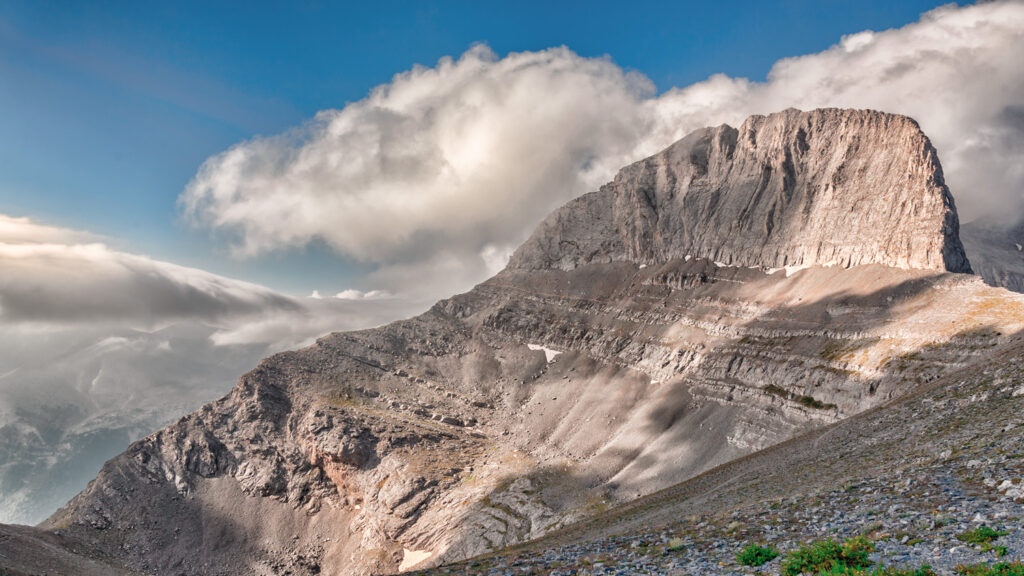
The highest peak Mytikas, meaning “nose”, rises to 2,917 metres (9,570 ft). It is one of the highest peaks in Europe in terms of topograhic prominence.
What is Mount Olympus known for?
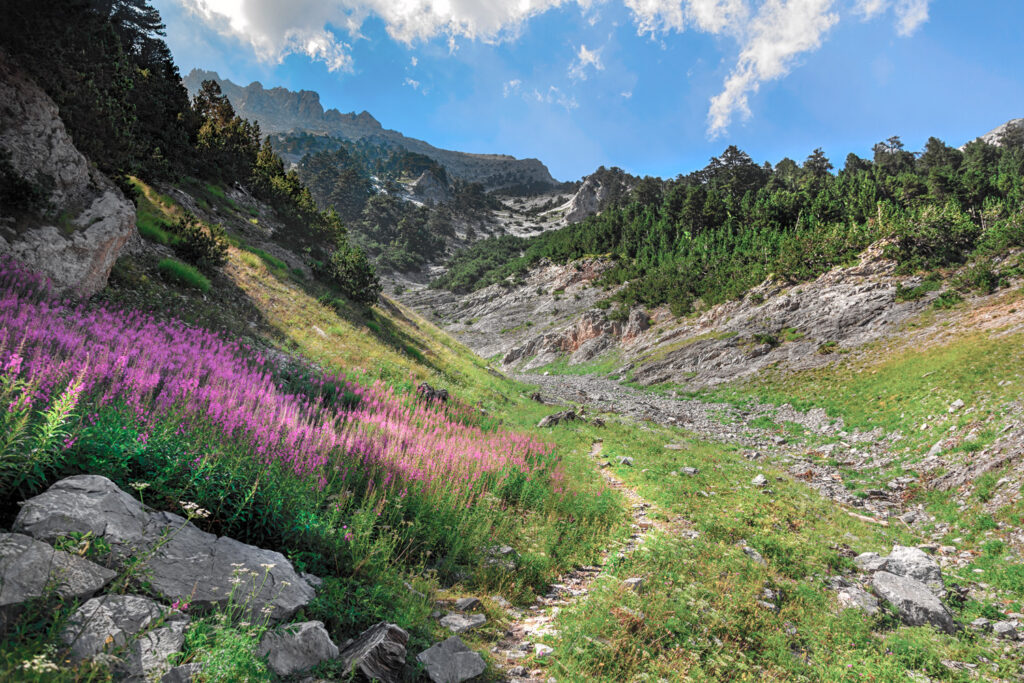
Mount Olympus is noted for its very rich flora with several species. It is a National Park of Greece and a World’s Biosphere Reserve.
In Greek mythology Olympus was regarded as the “home” of the 12 Olympian Gods of the ancient Greek world. It formed itself after the gods defeated the titans in the Titan War, and soon the palace was inhabited by the gods. It is the setting of many Greek mythical stories. Olympus was not shaken by winds nor ever wet with rain, nor did snow fall upon it, but the air is outspread clear and cloudless, and over it hovered a radiant whiteness.
Hiking on Mount Olympus

Climbing Mount Olympus is a non-technical hike, except for the final section from Skala summit to Mitikas summit, which is YDS class 3 rock scramble. It is estimated that 10,000 people climb Mount Olympus each year, most of them reaching only the Skolio summit. Most climbs to Mount Olympus start from the town of Litochoro, which took the name City of Gods because of its location on the roots of the mountain. Video: Hiking at Mount Olympus
Mountaineering at Mount Olympus
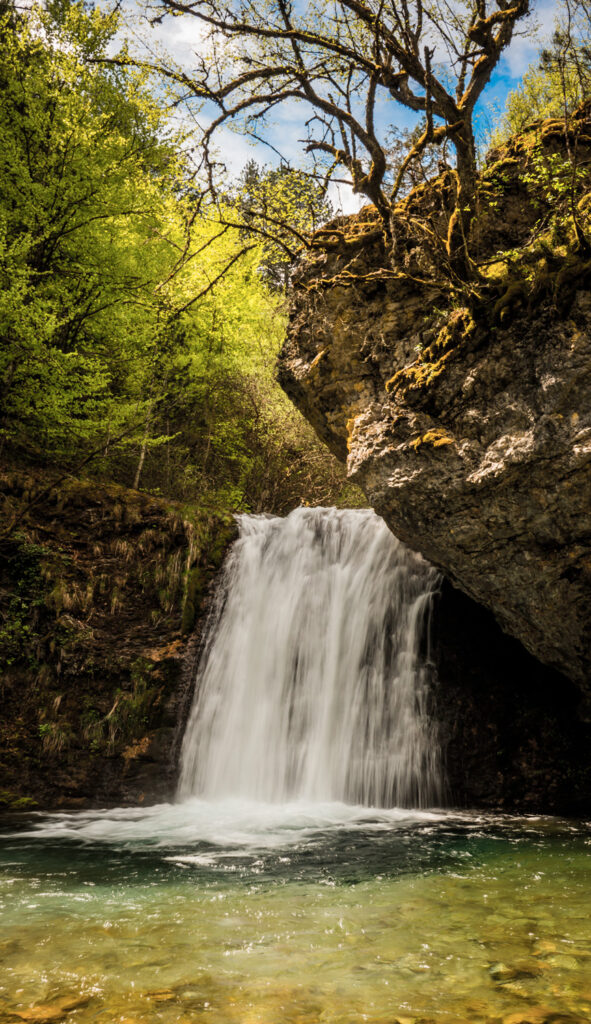
Mount Olympus is perfect for you who love nature and alternative activities like trekking, canyoning, rafting, climbing, mountain-biking and paragliding or jeep safari. You do not need to practice extreme sports, you will enjoy mountaineering on Mount Olympus since the options cover all levels of difficulty and stamina. Find some of the most beautiful trails here, at different difficulty levels:
Easy trails
- Litóhoro – Golna – Castana source – Litóhoro
- Prionia – Aghio Spilleo – Monastery of St. Dionysus
- Krevatia Vrontous – Papa Aloni – Aghia Triada
Trails of medium difficulty
- Litóhoro – Prionia
- Gortsia – Petrostrouga – Plateau of the Muses
- Refuge Spilios Agapitos – Scala – Mytikas
Difficult to dangerous trails canyoning
- Kserolakki – Naoum stream – Plateau of the Muses
- Plateau of the Muses – Peaks
Who climbed Mount Olympus first?

A local from Litochoro, Christos Kakalos, became the first to reach the Mitikas summit on 2 August 1913.
From Litochoro a road goes to Prionia, where the hike begins at the bottom of the mountain.



